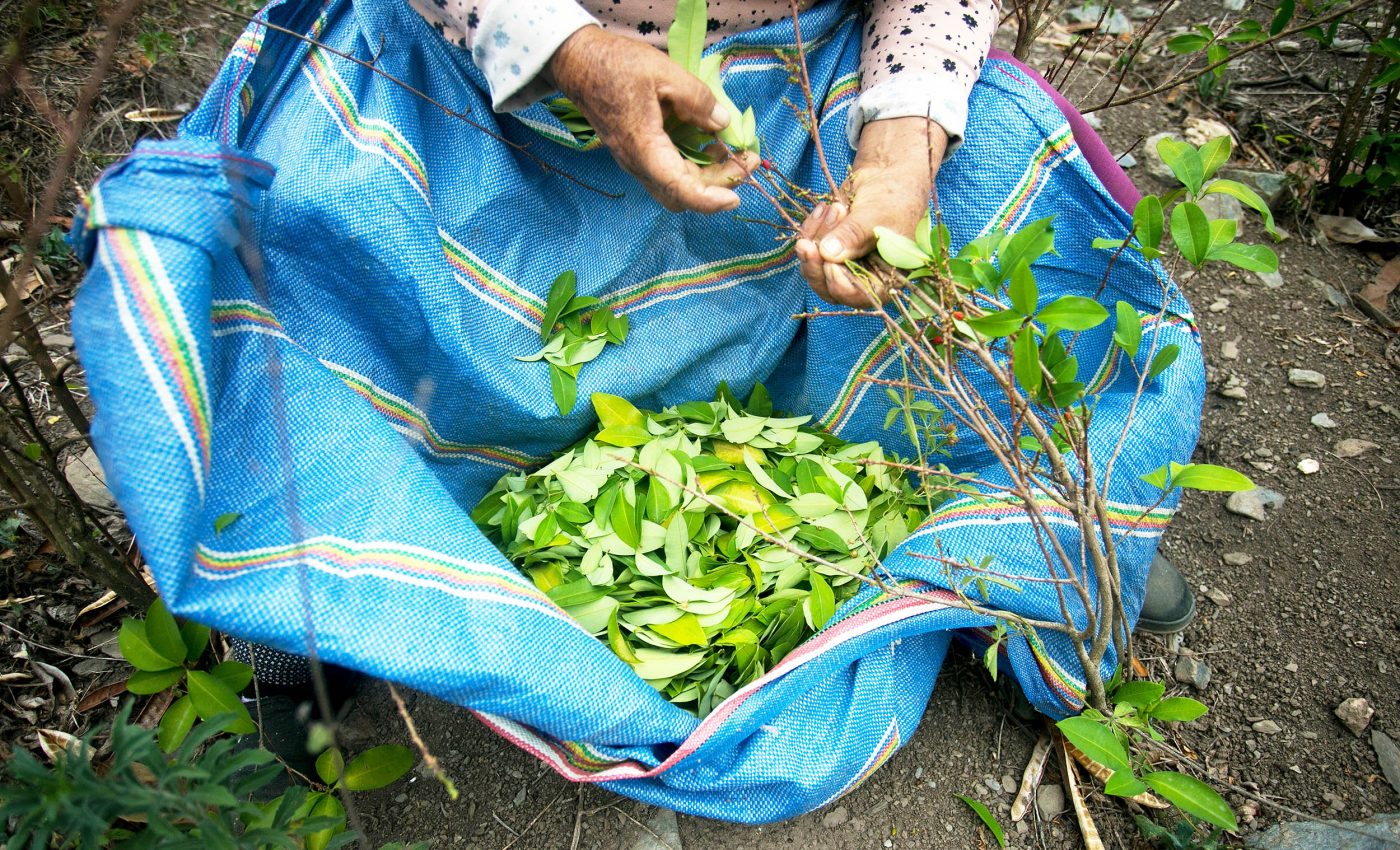
Scientists urge the WHO to decriminalize 'coca' - the leaf that make cocaine
In the misty highlands of South America, generations have trusted a small green leaf. For thousands of years, people in the Andes have chewed coca leaves to fight hunger, stay alert, and breathe easily in the thin air.
Yet in the eyes of international law, this ancient companion is treated as harshly as cocaine. Scientists now say that must change.
Coca’s long misunderstood past
For centuries, coca has been part of daily life and ceremony. Archaeologists have found coca leaves in tombs, tools, and paintings more than 8,000 years old.
Four main varieties – Yungas, Amazonian, Colombian, and Trujillo – grow across the Andes and the Amazon. Each one carries stories, rituals, and wisdom passed down through families.
The plant connects elders and youth, workers and farmers, mountains and valleys. Its use marks respect, cooperation, and belonging.
“Coca’s record of safe use and cultural importance stands in stark contrast to the harms of purified cocaine,” said Dawson White of Harvard University.
“Recognizing this difference is essential for evidence-based policy and for aligning with the goals expressed by South American communities most affected by prohibition.”
Coca leaf mistaken for a drug
Coca and cocaine share a name, not an identity. A leaf holds less than one percent of cocaine alkaloid. Alongside it are more than thirty other natural compounds that work together.
When chewed or brewed as tea, coca gives calm focus and steady energy. It does not cause the addiction, agitation, or crash linked to cocaine. The leaves also contain minerals like calcium and iron, along with vitamins and plant antioxidants.
Scientific studies describe coca as mildly stimulating, not harmful. It can ease altitude sickness, nausea, or fatigue. Some research even suggests benefits for blood sugar and liver function. It acts more like coffee or green tea than any narcotic.
Connection rooted in tradition
In the Andes, sharing coca is an act of trust. Farmers pass it around before work. Leaders offer it during meetings. It helps people speak honestly and stay connected.
Chewing coca links memory, labor, and land. The plant’s meaning grows from these shared moments, not from any chemical inside it.
“Efforts to reform coca policy must begin with the people who know the plant best,” said Claude Guislain of the Indigenous Medicine Conservation Fund.
“Indigenous peoples cultivate sophisticated knowledge systems that have used coca to sustain balance within their communities and territories for millennia. Our role has been to walk alongside them – to amplify their voices and help ensure that international policy reflects the realities they live and defend.”
The roots of coca criminalization
Coca’s criminalization came from flawed research and prejudice. In 1952, a World Health Organization report blamed coca for poverty and violence in Andean communities.
It ignored both local testimony and science. This single error shaped the 1961 UN Single Convention on Narcotic Drugs, which banned coca and labeled it a narcotic.
“The coca leaf is not a narcotic, but a sacred and nutritious plant with deep cultural roots,” said Ricardo Soberón Garrido, former head of Peru’s DEVIDA. He argued that reclassifying coca would finally respect Indigenous rights and modern evidence.
This legal confusion has lasted decades. It punished farmers, erased traditions, and silenced Indigenous science. Still, coca survived in hidden rituals, home gardens, and quiet exchanges across generations.
The WHO reconsiders coca’s status
Now the World Health Organization is reviewing coca’s legal status again. Its findings show what Andean communities have known all along: the leaf is harmless, but its prohibition is not.
The Expert Committee on Drug Dependence will meet in Geneva in October 2025 to decide whether to remove coca from the list of banned substances.
“This meeting is a rare opportunity for the WHO and UN to correct a classification rooted in colonial bias and outdated science,” said White.
The call for reform also comes from coca growers and Indigenous leaders across Bolivia, Colombia, and Peru. Their petitions to the United Nations highlight coca’s social, medicinal, and economic value.
Legal pathways for coca growers
Reform could bring big changes. Farmers could grow coca without fear. Local industries could make teas, flours, or wellness products. Canada already allows the use of decocainized coca extracts in foods and drinks.
In Argentina, coca-based products are sold legally in shops. Researchers could finally study the leaf’s natural compounds without legal barriers.
Critics often claim legalization would fuel cocaine trafficking. Scientists disagree. Making one kilogram of cocaine requires hundreds of kilograms of coca leaves, making it inefficient and expensive. Legal, traceable markets could reduce illegal trade and strengthen rural economies.
Fairness grounded in modern science
The authors of the Science paper argue that descheduling coca would not just fix a scientific error; it would also honor human rights.
For many Andean families, coca is part of identity, work, and community life. Removing it from narcotics lists would let that culture breathe again.
“Such a change would recognize the rights of Indigenous and other coca-growing communities while allowing for evidence-based regulation informed by traditional knowledge,” said White.
Culture and conscience converge
Coca is one of humanity’s oldest cultivated plants. It is a healer, a teacher, and a survivor. Its story challenges global policy built on misunderstanding.
The world now stands at a crossroads: keep punishing a plant that has sustained people for millennia or finally treat it with respect and reason.
As the WHO prepares its decision, the leaf waits – quiet, green, and ancient – ready to remind the world that not all medicine comes in a bottle.
The study is published in the journal Science.
—–
Like what you read? Subscribe to our newsletter for engaging articles, exclusive content, and the latest updates.
Check us out on EarthSnap, a free app brought to you by Eric Ralls and Earth.com.
—–













